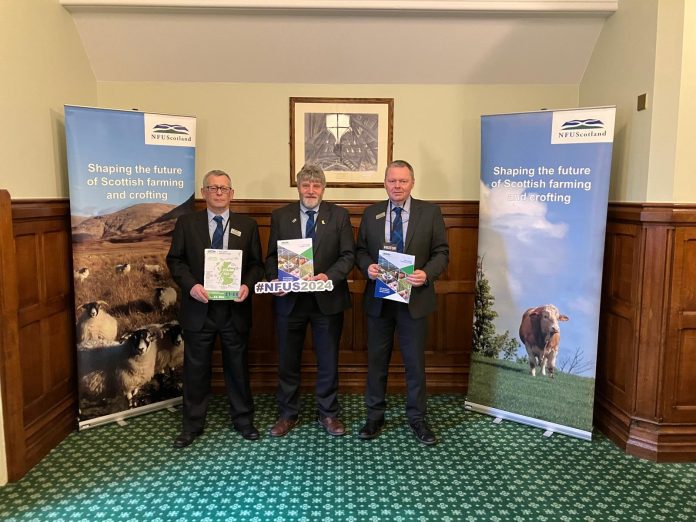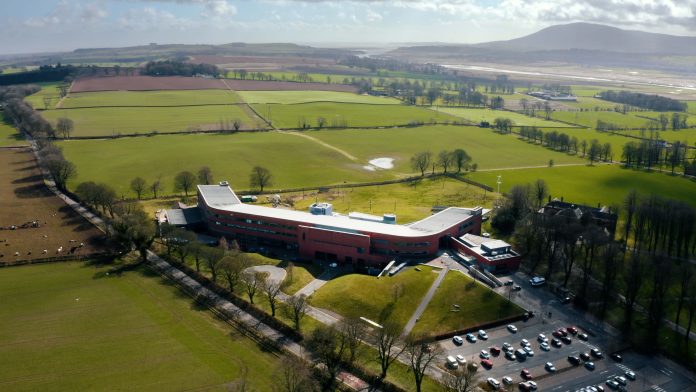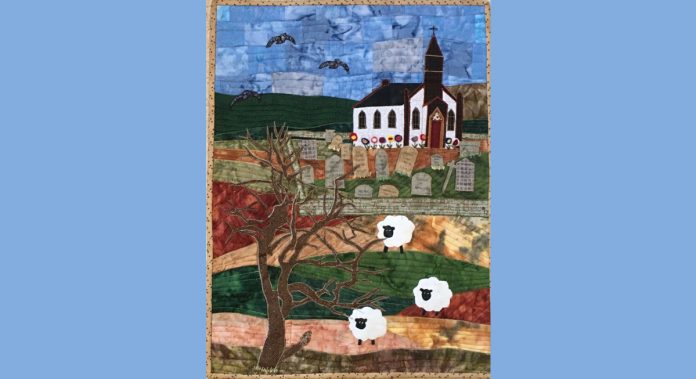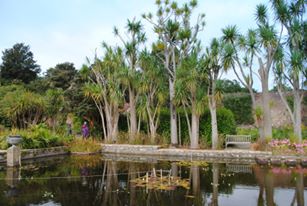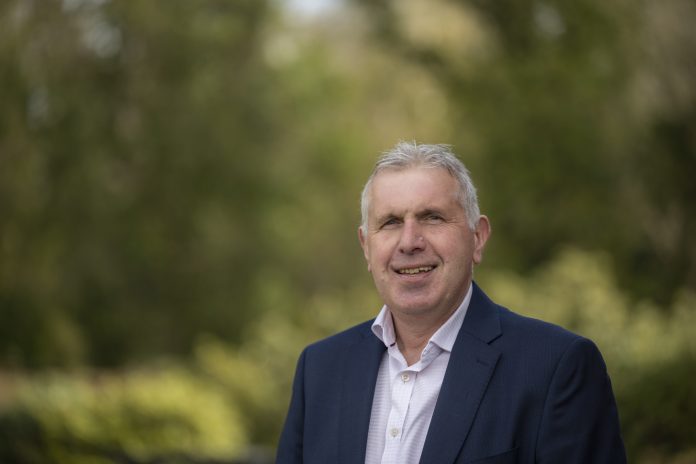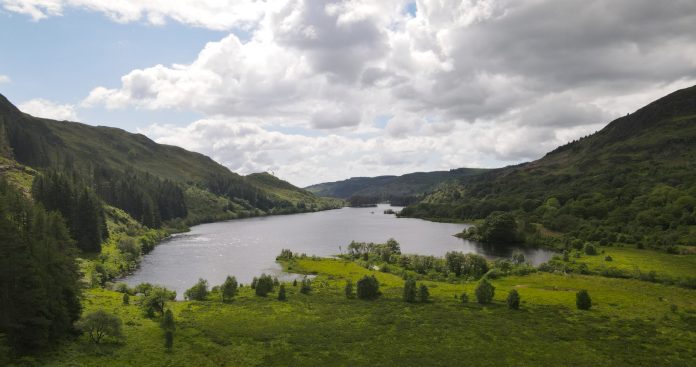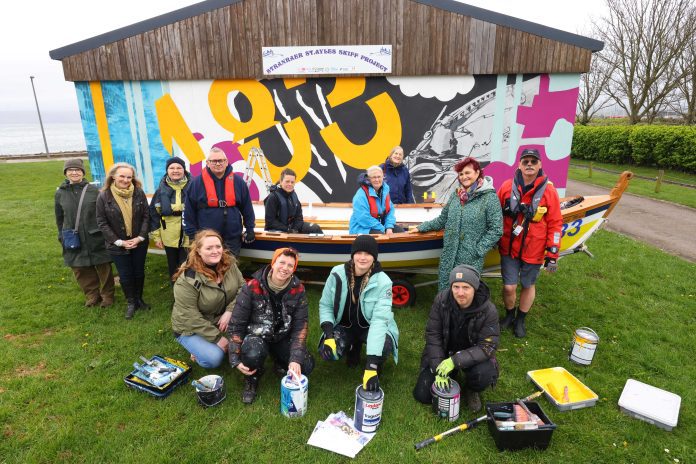Last year’s winner of the Wigtown Poetry Prize has revealed that it was his wife who submitted the poem on his behalf.
And it was on the eve of a milestone birthday that John Wheway received the news that My Mother Unwraps My Gift of Frida Kahlo’s Me and My Parrots had been shortlisted for the £1,500 annual international award.
They are now encouraging others to send in their work for this year’s Wigtown Poetry Prizes.
One of the beauties of the awards is that they celebrate and nurture poetry in different languages and forms. These are the:
- Wigtown International Poetry Prize – for work in any of Scotland’s three indigenous languages (English, Gaelic, Scots). Judge: Gerda Stevenson.
- Alastair Reid Pamphlet Prize – for a collection of work rather than an individual poem. Judge: Gerda Stevenson.
- Wigtown Scots Poetry Prize (supported by the Saltire Society). Judge: Ann MacKinnon.
- Gaidhlig Prize: Wigtown Scottish Gaelic Prize (supported by The Gaelic Books Council). Judge: Pàdraig MacAoidh/Peter Mackay.
- Dumfries & Galloway Fresh Voice Award – recognising rising talent in Dumfries and Galloway. Judge: Liz Niven.
John, who lives in Somerset but is originally from Birmingham, loved and wrote poetry from childhood but rarely published during the middle years of life as a psychotherapist.
A move to the country, and the rhythm of daily walks, woke up his poetry. He began to write with renewed commitment.
Since gaining a distinction in the Creative Writing MA at Bath Spa University in 2010, he has continued to study at Arvon and at the Poetry School. With much work in magazines. His 2020 collection, A Bluebottle in Late October was published by V Press in 2020, just as the pandemic began (see https://www.johnwheway.com).
Lockdown meant no live promotions of the book and left him feeling isolated from his literary community. It was his wife Jude Higgins, a prominent force in the flash fiction world, who encouraged him to start submitting work again, and sent out poems for him.
Her secret submission for the Wigtown was made the day before the deadline. John knew nothing about this until he heard he was on the shortlist.
He said: “I read the poem out that week at my birthday party, and someone called out ‘That’s a winner’. The award ceremony confirmed my guest’s prediction.
“I was so moved by the sensitive delivery of my poem by Donald S. Murray, the competition judge. He perfectly conveyed its meaning. So, I would very much encourage other poets to take part.”
Entries for 2024 close on 6 May.
The awards date back to 2005 and have grown to become a renowned contribution to the world of poetry, attracting hundreds of high-quality entries from Europe, Asia, Australasia, and North and South America.
However, there is also a strong emphasis on encouraging poets closer to home with the increasing popularity of the Dumfries & Galloway Fresh Voice Award.
Nicholas Walker, Wigtown Poetry Prize Group Chair, said: “John’s story really shows what the Wigtown Poetry Prizes are all about – encouraging poets and a love of poetry.
“The judges enjoy reading through the entries and seeing the incredible range of talent, of styles, of thoughts, ideas and insights that people express through their poetry.
“And while this is very much an international competition, we also want to promote the up-and-coming contemporary poets of our own region. They are the grass roots, the future for poetry and they need to be supported.
“The Dumfries & Galloway Fresh Voice Award is special because it provides them with a platform as part of a highly respected competition attracting entries from all over the world.
“So, we’d really encourage people to send in their entries and be part of this superb celebration of poets and poetry.”
The 2024 awards
Wigtown International Prize
- Winner: £1,500
- Runner-up: £200
Wigtown Scots Prize
- Winner: £500
- Runner-up: £200
Supported by Saltire Society
Wigtown Scottish Gaelic Prize
- Winner: £500
- Runner-up: £200
Supported by The Gaelic Books Council
Dumfries & Galloway Fresh Voice Award
Professional support including mentoring by Wigtown Festival Company and a retreat at Moniack Mhor Creative Writing Centre.
Alastair Reid Pamphlet Prize
- Winner: Thirty copies of a pamphlet of the work, set by Gerry Cambridge.
Plus – a winner of one or more categories will be selected at the discretion of StAnza, Scotland’s International Poetry Festival and Wigtown Festival Company to read their work at the StAnza.
About the Wigtown Poetry Prize
Founded in 2005 and refreshed and rebranded in 2019, Wigtown Poetry Prize welcomes entries from poets writing in English wherever they may live. Separate categories celebrate the best of Scottish Gaelic and Scots language poetry, a special category acknowledges a rising talent in Dumfries & Galloway, and a pamphlet prize is named in memory of Alastair Reid – local poet and one of Scotland’s foremost literary figures.



